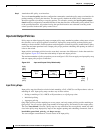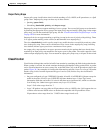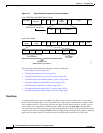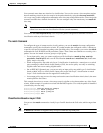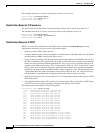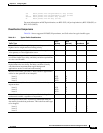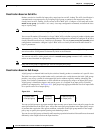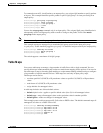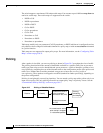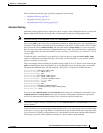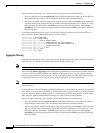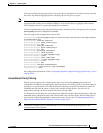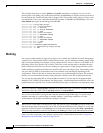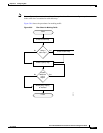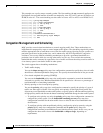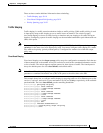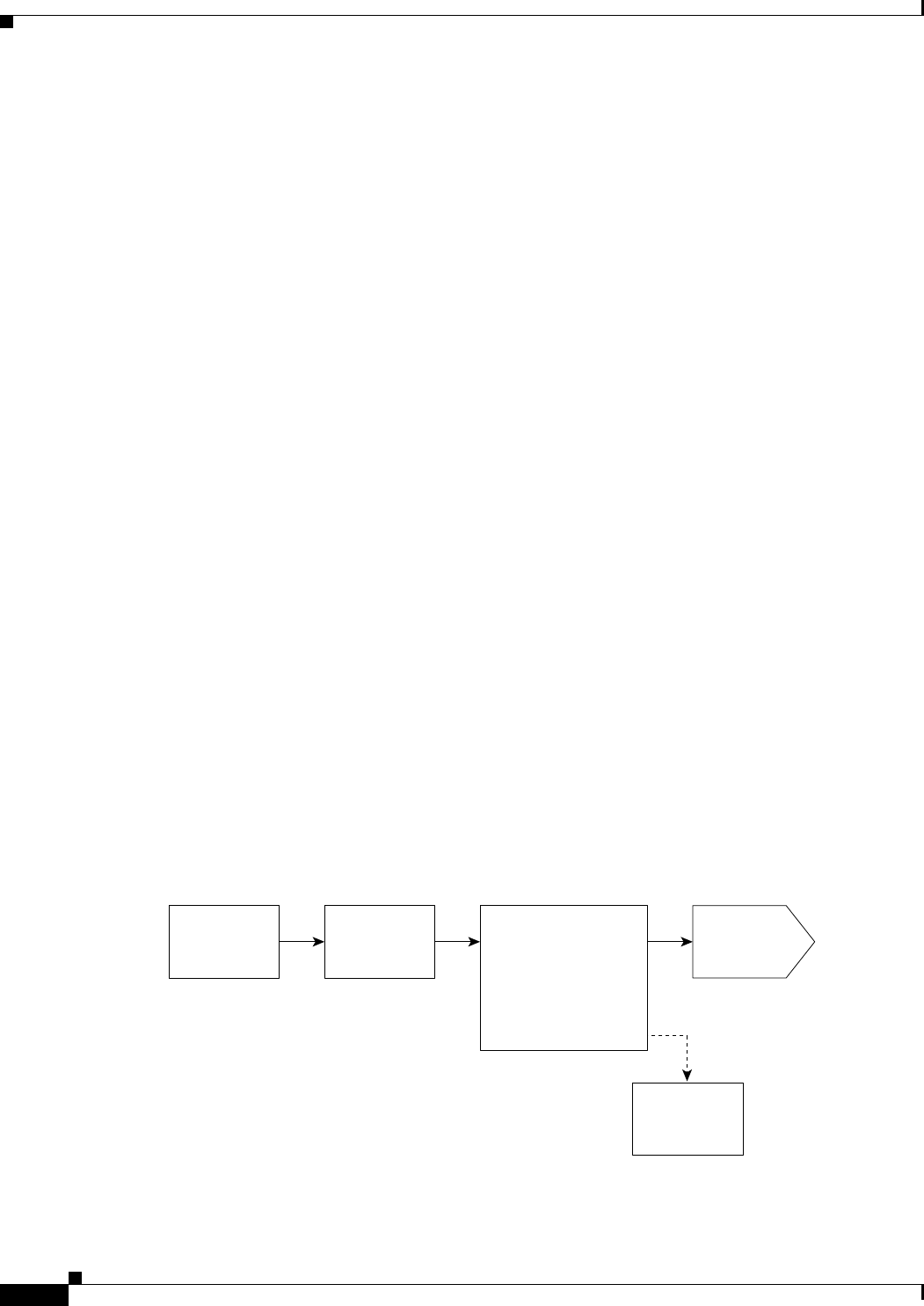
30-12
Cisco ME 3400 Ethernet Access Switch Software Configuration Guide
78-17058-01
Chapter 30 Configuring QoS
Understanding QoS
The switch supports a maximum of 256 unique table maps. You can enter up to 64 different map from–to
entries in a table map. These table maps are supported on the switch:
• DSCP to CoS
• DSCP to precedence
• DSCP to DSCP
• CoS to DSCP
• CoS to precedence
• CoS to CoS
• Precedence to CoS
• Precedence to DSCP
• Precedence to precedence
Table maps modify only one parameter (CoS, IP precedence, or DSCP, whichever is configured) and are
only effective when configured with a set command in a policy map or with an exceed-action command
in a police function.
Table maps are not supported in output policy maps. For more information, set the “Configuring Table
Maps” section on page 30-33.
Policing
After a packet is classified, you can use policing as shown in Figure 30-5 to regulate the class of traffic.
The policing function limits the amount of bandwidth available to a specific traffic flow or prevents a
traffic type from using excessive bandwidth and system resources. A policer identifies a packet as in or
out of profile by comparing the rate of the inbound traffic to the configuration profile of the policer and
traffic class. Packets that exceed the permitted average rate or burst rate are out of profile or
nonconforming. These packets are dropped or modified (marked for further processing), depending on
the policer configuration.
Policing is used primarily on receiving interfaces. You can attach a policy map with a policer only in an
input service policy. The only policing allowed in an output policy map is in priority classes. See the
“Unconditional Priority Policing” section on page 30-15.
Figure 30-5 Policing of Classified Packets
141153
Receive
Classify
Drop
Queuing,
scheduling,
and shaping
An exceed-action at this
point results in dropped
or reclassified packets.
Packets that conform
to the committed
information rate (CIR)
Packets that exceed
the CIR



